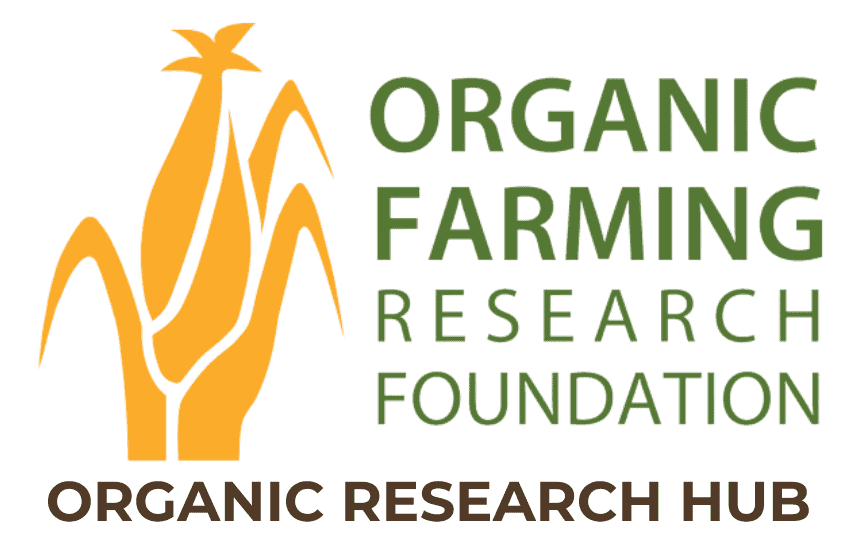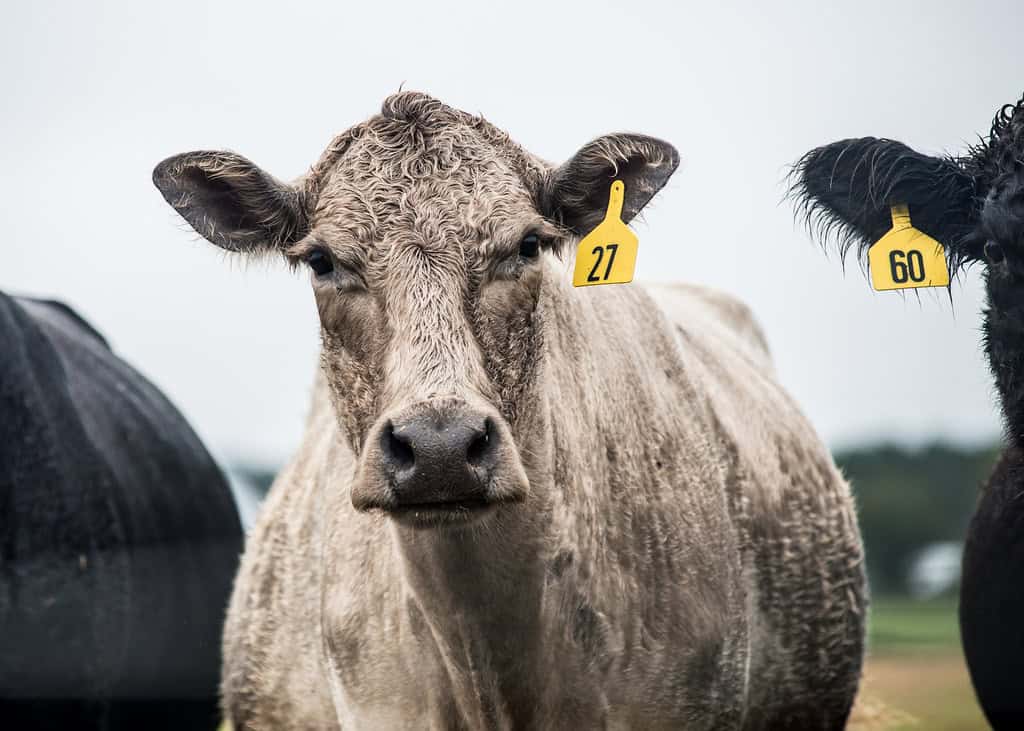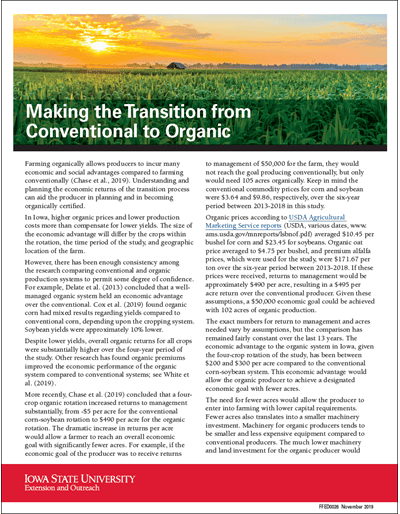Enhancing Soil Health through Organic Cropping Systems in the U.S. Corn Belt
Project Director: Sabrina Ruis, USDA-ARS
Project Overview
Organic production systems have grown in popularity within recent decades for the health and environmental benefits they provide, as well as market opportunities for producers. Many studies have been conducted on the soil health benefits of organic management practices for vegetable production, but fewer studies exist that compare soil health indicators for organic and conventional row crops.
This study analyzes the impacts of organic management practices on soil health indicators within an organic corn/soybean/oat/alfalfa system and an organic pasture system both over time and in comparison to a conventional corn/soybean system.

Farmer Takeaways
- The organic rotation improved six of 14 soil health indicators compared with the conventional system, including soil biological indicators, labile C and N pools, and wet-aggregate stability, but not organic C or total N concentrations.
- The organic pasture system improved eight of 14 soil health indicators compared with the conventional system.
- Measured soil properties were often intermediate for the organic rotation, indicating that organic pasture systems may have a stronger and more consistent impact on soil characteristics than organic row crop systems.
Project Objectives and Approach
Assess how cropping system and duration of management affect dynamic surface soil health indicators
Data for this study was collected from 2012–2020 at the USDA Organic Water Quality experiment location near Boone, IA.
The experiment included three treatments:
- conventional corn–soybean,
- organic corn–soybean–oat/alfalfa–alfalfa, and
- organic perennial pasture (bromegrass, fescue, alfalfa, and white clover).
The conventional corn–soybean rotation represented the dominant conventional system, and the organic rotation represented a system typical of organic row crop farmers in the region. The organic pasture system was included to demonstrate the environmental benefits of an entirely perennial system.
The following soil biological indicators were measured: microbial biomass C, potentially mineralizable C, potentially mineralizable N, and particulate organic C and particulate organic N concentrations. The soil chemical indicators were SOC, total N , inorganic N, P, and K concentrations, pH, and electrical conductivity. The soil physical indicators were bulk density and wet aggregate stability.
Key Findings
Organic management of row crops may moderately increase microbial biomass C (MBC) and potentially mineralizable C (PMC) after several years, but organic pasture systems have a larger and more immediate impact
- The organic rotation increased MBC in year 9 of the study by ~161µg/g (1.5 times) compared to the conventional system, and the organic pasture system increased MBC in most years by 248-385µg/g (1.7-2.2 times) compared to the conventional system.
- The organic rotation increased PMC in years 7 and 9 of the study by 90-111µg/g (1.4 times) compared to the conventional system, and the organic pasture system increased PMC in all measured years by 142-240µg (1.5-1.9 times).
Particulate organic C (POC) and particulate organic N (PON) concentrations may be more variable by year and management system (organic, conventional, pasture) than other biological soil properties
- The organic rotation increased POC in years 3 and 9 by 1.6-1.6 times that of conventional system concentrations, and the pasture system increased POC in years 3 and 6-9 by 2.4-2.5 times.
- The organic rotation increased PON in year 9 by 1.7 times that of conventional system concentrations, and the pasture system increased PON in year 9 by 2.5 times.
Both organic and pasture management systems may increase wet-aggregate stability (WAS) compared to conventional management systems, and pasture may also provide benefits to soil bulk density
- The organic rotation had no effect on bulk density, whereas the organic pasture system reduced bulk density in years 2 and 9.
- The organic rotation increased wet-aggregate stability (WAS) in years 1-3, 5, and 8 by 8-10% compared with the conventional system, and the organic pasture system increased WAS in years 1-9 by 17-29%.
There were no noticeable correlations between management system (organic, conventional, and pasture) and soil organic C (SOC), total nitrogen (TN), soil pH, or soil electrical conductivity
Resources
Ruis, S. J., Kovar, J. L., Wacha, K. M., Carney, D. B., O'Brien, P. L., Delate, K., & Cambardella, C. A. (2025). Organic cropping systems enhance soil health indicators in a Mollisol of the US Corn Belt. Soil Science Society of America Journal, 89
Read MoreLocation
IowaCollaborators
John Kovar, Ken Wacha, Derek Carney, Peter O’Brien, and Cynthia Cambardella, USDA-ARS National Laboratory for Agriculture and the Environment
Kathleen Delate, Iowa State University
Region
Midwest
Topic
Soil Health, Transitioning to Organic, Cropping Systems
Category
Grain and Field Crops, Hay and Pasture
Year Published
2025



